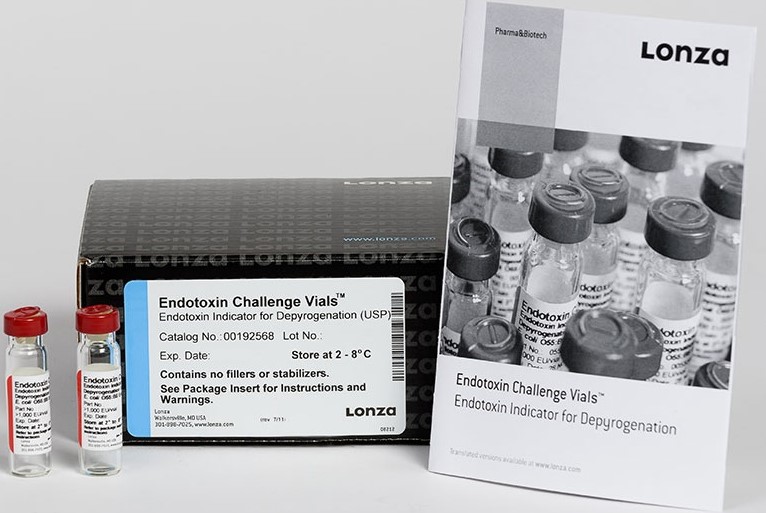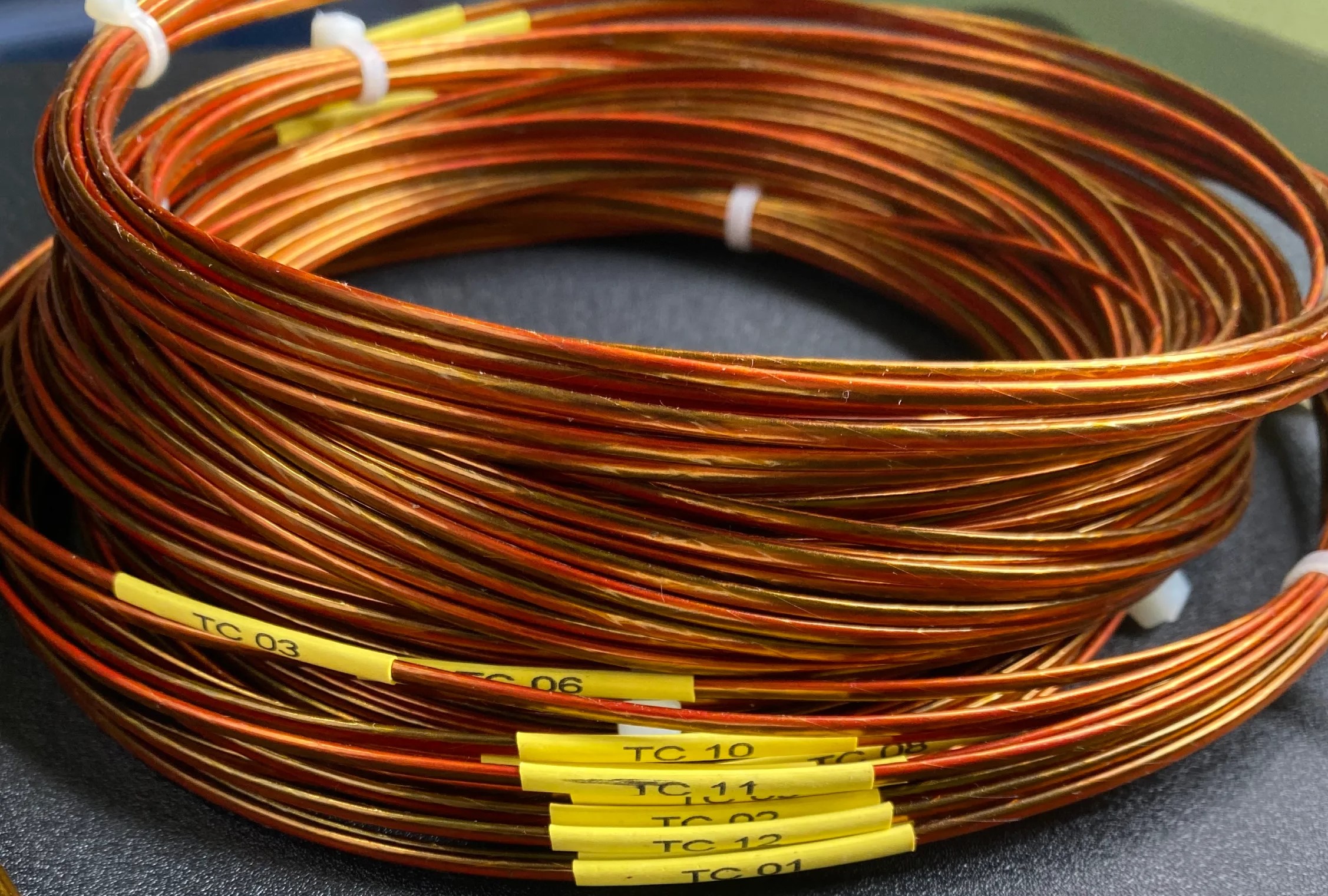Depyrogenation Oven and Tunnel Sterilizer Validation
Validation of Depyrogenation Oven
Validating a depyrogenation oven involves a systematic approach to ensure that the oven consistently achieves the desired depyrogenation temperature and effectively removes pyrogens. Here are the general steps involved in validating a depyrogenation oven:


-
Define Validation Parameters:
Determine the specific parameters and acceptance criteria for validation. This includes identifying the target depyrogenation temperature, holding time, and acceptable level of pyrogen reduction.
-
Installation Qualification (IQ):
Verify that the depyrogenation oven is installed correctly according to the manufacturer's specifications. This may involve checking electrical connections, ensuring proper ventilation, and confirming that the oven is placed in an appropriate location.
-
Operational Qualification (OQ):
Perform operational tests to verify that the depyrogenation oven operates as intended. This includes checking temperature controls, timers, and other critical functions. It may also involve conducting heat distribution studies to ensure uniform temperature throughout the oven.
-
Performance Qualification (PQ):
Perform performance tests to evaluate the ability of the depyrogenation oven to achieve the desired depyrogenation temperature and effectively remove pyrogens. This typically involves using surrogate indicators, such as biological indicators or endotoxin indicators, to simulate the presence of pyrogens during the validation process.
-
Validation Protocol:
Develop a detailed validation protocol that outlines the specific tests, procedures, and acceptance criteria to be followed during the validation process. This protocol should include instructions for preparing the surrogate indicators, loading the oven, and monitoring the depyrogenation cycle.
-
Execution of Validation:
Follow the validation protocol and perform the necessary tests and measurements. This may involve running multiple validation cycles with different loads or configurations to ensure the oven's consistent performance.
-
HEPA Filter Integrity Test:
Perform an integrity test on the HEPA filters used in the depyrogenation oven. This test ensures that the filters are functioning properly and effectively removing particulate contaminants, including pyrogens. Common methods for HEPA filter integrity testing include the aerosol challenge test or the photometric method. Follow the appropriate testing procedure according to regulatory requirements and industry standards.
-
Data Analysis:
Collect and analyze the data obtained during the validation process. Evaluate the results against the defined acceptance criteria to determine whether the depyrogenation oven meets the required performance standards.
-
Documentation:
Prepare a comprehensive validation report that documents the validation process, including the protocols, test results, and conclusions. This report serves as evidence of the oven's validation and can be used for regulatory compliance and quality assurance purposes.
Additional Considerations for Tunnel Sterilizer Validation
In addition to the depyrogenation oven, the validation of tunnels used for depyrogenation processes may require the following considerations:
-
Temperature Mapping:
Perform temperature mapping studies throughout the tunnel to ensure uniform and consistent heat distribution. Place temperature sensors or thermocouples at various locations within the tunnel to monitor and record temperature profiles during operation. The goal is to demonstrate that the tunnel achieves and maintains the desired depyrogenation temperature throughout the process.
-
Conveyor Belt Speed Verification:
Verify the speed of the conveyor belt used in the tunnel to ensure it operates within the specified range. Measure the actual speed of the conveyor belt using appropriate equipment and compare it against the target speed. This helps ensure consistent processing times and adequate exposure to the depyrogenation conditions for the items being conveyed.
-
Heat Distribution Study:
Conduct a heat distribution study to evaluate the uniformity of heat distribution within the tunnel. This involves measuring and recording temperatures at various locations along the length and width of the tunnel. The study helps identify any areas of temperature variation or hot/cold spots, which may require adjustments or corrective actions.
-
Cycle Development and Optimization:
Establish and optimize the depyrogenation cycle parameters for the tunnel. This includes determining the appropriate temperature, conveyor belt speed, and duration of exposure to achieve the desired depyrogenation effect. Conducting cycle development studies helps define the most effective operating parameters for the tunnel.
-
Validation of Supporting Systems:
Validate other critical systems and components associated with the tunnel, such as the heating system, cooling system, control system, and airflow. Ensure these systems are operating within specified parameters and perform as intended to support the depyrogenation process.
-
Particulate Monitoring:
Monitor and assess the level of particulate contamination within the tunnel during operation. This may involve using particle counters or other suitable methods to measure and quantify particulate levels. Particulate monitoring helps ensure that the depyrogenation process is effective in removing contaminants from the items being processed.